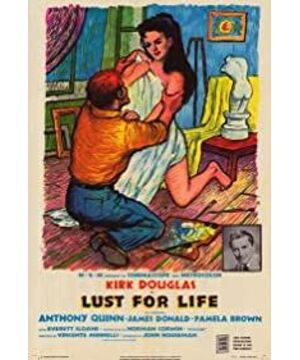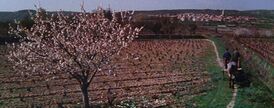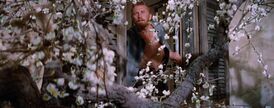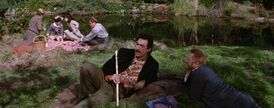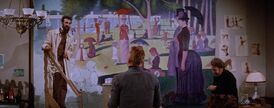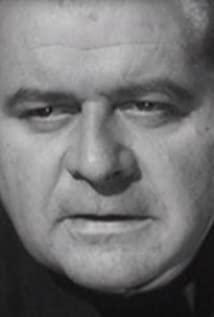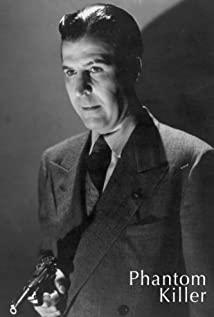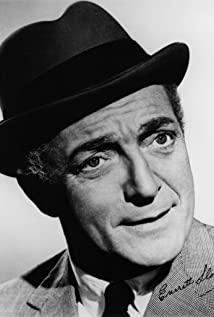Van Gogh always touches the most numb nerves of any era. This is not only because of those paintings that are almost satirical in value, but also because of his tragic and tragic life. Compassion is like God, innocent like a child, lonely and unwilling in his life, but has the most brilliant colors and brushstrokes. The film starring Kirk Douglas tries to show his flaming life in many ways with the famous paintings as clues. From "The Potato Eater", which reflects Van Gogh's coal mine missionary career, to the end of "Wheatfield with Crows", which omits suicide Bu La, and the correspondence with his brother Theo is interspersed. As a representative of Post-Impressionism, Van Gogh, who is a paranoid, psychotic, and delusional fanatic, talks about the ultimate meaning of the world with a shocking subjective consciousness, and expressionism begins here. Therefore, he could not understand why Seurat, who likes calculation formulas, would paint such a lively big bowl island in the afternoon so indifferent, nor could he tolerate the romantic and frivolous Gauguin who was still too pretentious and harmonious after he left Tahiti. The latter's interaction with Van Gogh until the split is the most dramatic conflict in the film. The incomprehensible loneliness and struggle permeates the huge suppressed sadness, which is deeply moving. Recalling the joy of reading Irving Stone's biography of the same name while hiding in the district library in middle school, I can't help but sigh at the eternal value of Van Gogh as a specimen of the human spirit.
View more about Lust for Life reviews


